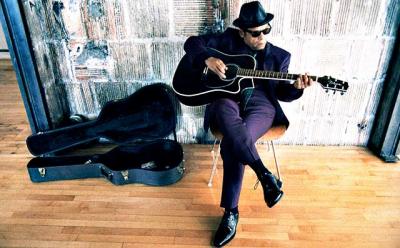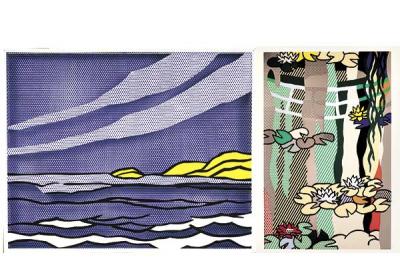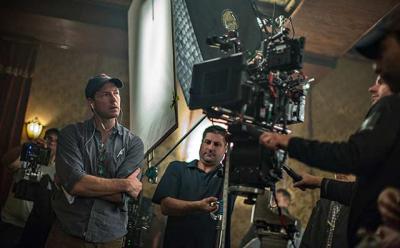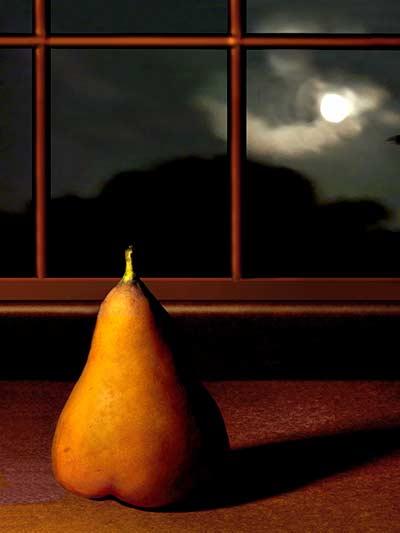Garland Jeffreys Tells the ‘Truth’
Garland Jeffreys Tells the ‘Truth’

“All is well here in New York City,” Garland Jeffreys reported by telephone on a recent morning. Mr. Jeffreys, a Brooklyn native who could fairly be called the quintessential New York City musician — more so perhaps than even Lou Reed or the Ramones — was busy working up songs for a new release, the next in what has become one of the most prolific periods of a nearly five-decade career.
Coinciding with an upcoming family vacation in Springs, Mr. Jeffreys will soon return to the Stephen Talkhouse in Amagansett, taking the stage Thursday at 8 p.m. It will be another stop on what is effectively a world tour in support of 2013’s “Truth Serum,” a strong collection of the multiracial, multidimensional artist’s unique alchemy of rock ’n’ roll, blues, reggae, and soul, and its immediate predecessor, 2011’s “The King of In Between.”
The artist’s creative renaissance followed a 14-year span between releases, a result in large part of the birth of his daughter. “She’s now 19,” he said. “She’s got it going on — very smart, intelligent, perceptive, all the ingredients you’d want in your child. But what’s really exciting in my life, apart from family, is performing, performing, and performing.”
That pursuit has recently taken him to multiple festival dates in Canada, and to the United Kingdom, where Led Zeppelin’s legendary guitarist and producer Jimmy Page attended a concert (“He was quite friendly, warm, a sweetheart of a guy,” Mr. Jeffreys recalled). Upcoming dates are scheduled in Japan and Australia. “I’m thrilled about making this new album, and then I’m going to get back to touring,” he said. “I get tremendous pleasure and joy from performing. I have a really great Canadian audience. People love to hear live music. They come out for me, and I’m looking forward to going back in December.”
In “Truth Serum,” Mr. Jeffreys continues an exploration of race relations, and racial divisions, in songs like “Colorblind Love” and “Any Rain” (“I was thinkin’ about the human race/And wishin’ we could reconcile/Live and let live is it too much to ask”). Race, he said, “has always been a subject that I have been moved to embrace and learn about. My own racial complexity, coupled with my interest in the world of people, makes me very concerned with how people of color are getting on.”
Mr. Jeffreys referred to the “bizarre incident” in Charleston, S.C., that had so recently shocked the nation. “It was like from an ancient period,” he said of the murder of nine people in an African-American church in Charleston. “But it tells you it’s right around the corner.” He also recalled that he was in Ferguson, Mo., for a gig on the day that a young African-American man was shot and killed by a white police officer, sparking prolonged unrest.
Fortunately, he said, “There is a strong spirit in the air for people who are really, really conscious in modern times about race. They see the horror, the ugliness of it. It may not seem like there are a lot of supporters at this time, but there are.”
Sonically, Mr. Jeffreys remains true to his prior recordings and those of contemporaries like the late Mr. Reed, who contributed vocals to a track on “The King of In Between.” “I love to lay the vocal track down while the track is being put down,” he said, describing a spontaneous, organic process rare in modern music production. “I find that the most exciting way to get a rendition: the band is playing, they’ve learned the song, and now it’s time for a take. Often for me, it’s the first or second take — ‘Truth Serum’ and ‘King of In Between’ were all one and two-take performances.”
“To me,” he said, “that’s what it’s about, the spirit and the energy, the excitement of that first go. On occasion, you find a glitch, but you keep it because the overall take is brilliant.”
Tickets for Garland Jeffreys at the Stephen Talkhouse are $25 and $40.




